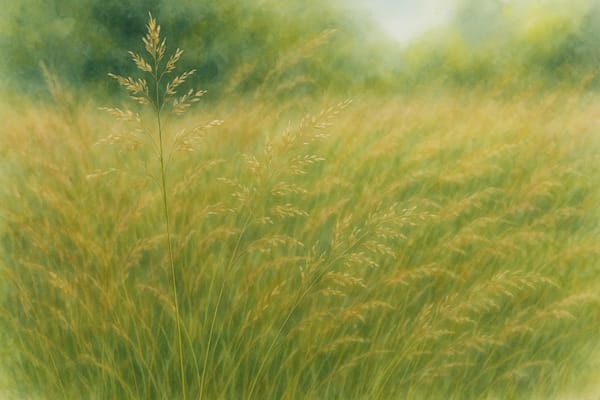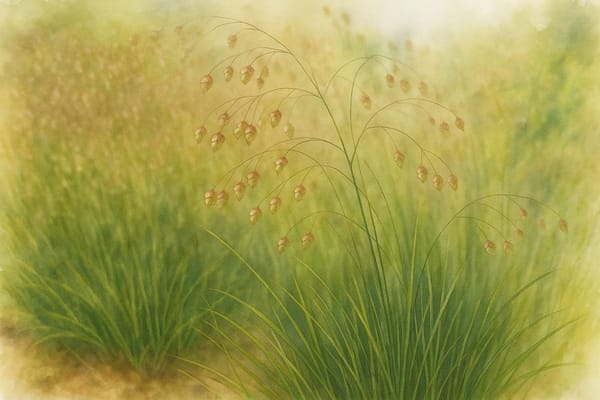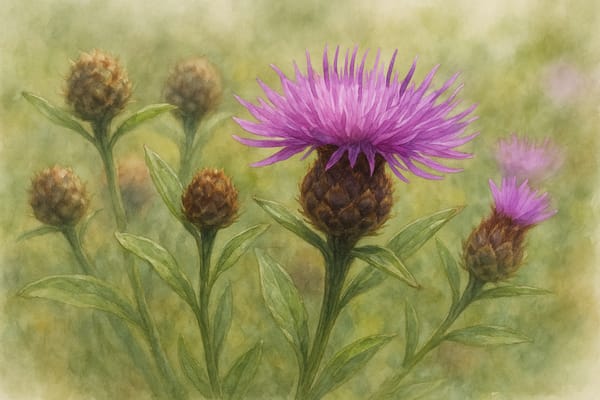A Forager’s Treasure of Folklore and Survival
Historical and Cultural Significance
Pignut has been a cherished part of Cornwall’s rural history — both as a wild food and a symbol of folklore and resourcefulness.
Traditional Foraging and Food
For centuries, Cornish children and rural families dug for pignuts in meadows and woodlands, enjoying their crisp, nutty tubers raw or boiled. Especially valued during the spring “hungry gap” and in times of hardship, pignuts offered a vital wild food source long before modern root crops.
Fairy Lore and Folk Traditions
Known as the “fairy potato” or “earthnut,” pignut features in British and Cornish folklore linked to fairies and piskies. Folktales warned that only those who respected nature could find and harvest these elusive tubers. Pignut foraging was also part of May Day rituals, inspiring rhymes like “Here we go gathering nuts in May.”
Symbol of Self-Sufficiency
Beyond folklore, pignut reflected rural self-reliance — a wild food tied to both everyday subsistence and communal tradition. Its presence in traditional grasslands marked not just ecological richness but the enduring bond between people and land.
Growing Pignut in Coastal Gardens
Pignut thrives in well-drained, nutrient-poor soils, making it ideal for naturalistic coastal plantings.
| Requirement | Details |
|---|
| Light | Full sun to partial shade |
| Soil | Well-drained, sandy or gravelly, slightly acidic to neutral |
| Water | Moist but not waterlogged; drought-tolerant when mature |
| Salt Tolerance | Moderate; tolerates exposed coastal sites |
| Hardiness | Hardy in the UK |
Care and Cultivation Tips
- Site Selection:
Best in wildflower meadows, grassy slopes, or woodland edges with minimal disturbance. - Sowing:
Sow seeds in autumn or early spring; germination is slow but steady. - Watering:
Water until established; mature plants need little additional water. - Feeding:
Avoid fertilizers — pignut prefers nutrient-poor soils. - Weeding and Competition:
Keep weed-free during establishment. Pignut is a poor competitor in dense planting. - Wildlife Value:
Supports pollinators and wildlife, especially in naturalistic plantings.
Coastal Garden Notes
- Biodiversity Booster:
Its delicate umbels attract pollinators, and its tubers feed wildlife like badgers. - Cultural Planting:
Perfect for gardeners wishing to reflect Cornwall’s foraging heritage and folk traditions. - Low Maintenance:
Once established, pignut thrives with little care in wild-style plantings.
Summary
Pignut is a living link to Cornwall’s foraging past — a wild plant treasured for its edible tubers, ties to folklore, and symbol of rural resilience. In coastal gardens, it flourishes in poor soils with minimal care, bringing subtle beauty and heritage value.











